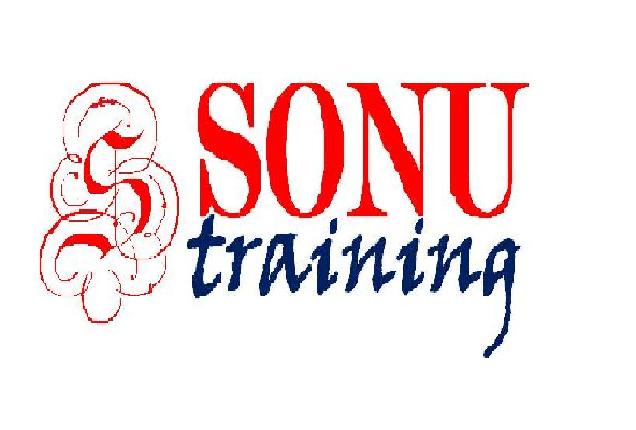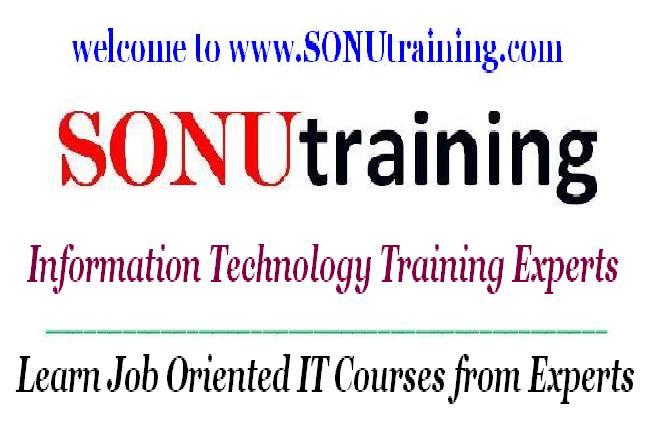Module 1: Introduction to the SharePoint Development Platform
This module describes the SharePoint 2010 development platform and the benefits and features that it offers to developers.
- SharePoint 2010 as a Development Platform
- SharePoint 2010 Object Hierarchy
- Working with SharePoint 2010 Objects
Lab : Developing with the SharePoint 2010 Object Hierarchy
- Creating SharePoint 2010 Application Pages by Using Visual Studio 2010
- Enumerating SharePoint 2010 Farm Hierarchies
- Manipulating Properties of Objects in the SharePoint Farm
After completing this module, students will be able to:
- Describe SharePoint 2010 as a development platform.
- Describe the SharePoint 2010 object hierarchy from the perspective of a developer.
- Work with SharePoint 2010 objects programmatically.
Module 2: Using SharePoint 2010 Developer Tools
This module describes how to use development tools that are integrated with the SharePoint 2010 development platform, such as Visual Studio 2010 and SharePoint Designer 2010.
- Developing SharePoint Sites by Using SharePoint Designer 2010
- Developing SharePoint Solutions by Using Visual Studio 2010
- Packaging and Deploying SharePoint 2010 Solutions
Lab : Using SharePoint 2010 Developer Tools
- Creating Document Libraries by Using SharePoint Designer 2010
- Creating SharePoint List Definitions and Instances by Using Visual Studio 2010
- Packaging Features and Solutions by Using Visual Studio 2010
After completing this module, students will be able to:
- Develop SharePoint sites by using SharePoint Designer 2010.
- Develop SharePoint solutions by using Visual Studio 2010.
- Package and deploy SharePoint 2010 solutions.
Module 3: Developing SharePoint 2010 Web Parts
This module describes how to develop Web Parts for SharePoint 2010 solutions.
- Developing Standard Web Parts
- Developing Connected Web Parts
- Developing Visual Web Parts
Lab : Creating SharePoint 2010 Web Parts by Using Visual Studio 2010
- Creating, Deploying, and Debugging a Simple Web Part by Using Visual Studio 2010
- Using SharePoint Components in a Web Part
- Creating a Visual Web Part by Using Visual Studio 2010
After completing this module, students will be able to:
- Develop standard Web Parts.
- Develop connected Web Parts.
- Develop Visual Web Parts.
Module 4: Working with SharePoint Objects on the Server
This module describes how to develop code that uses the server-side objects provided by the SharePoint 2010 development platform.
- Working with SharePoint Sites Programmatically
- Working with SharePoint Lists Programmatically
- Working with List Data Programmatically
Lab : Creating and Manipulating Server-Side Objects
- Creating and Securing Sites Programmatically
- Creating Lists Programmatically
- Retrieving Secured Data
After completing this module, students will be able to:
- Create and manipulate SharePoint sites.
- Create and manipulate SharePoint lists.
- Retrieve, add, update, and delete SharePoint list data.
Module 5: Creating Event Receivers and Application Settings
This module describes how to develop event receivers and manipulate application settings for SharePoint 2010 solutions.
- Creating Event Receivers
- Working with Web.Config Programmatically
Lab : Creating Event Receivers and Web.Config Modifications
- Creating List Event Receivers
- Creating Feature Receivers to Modify Web.Config
- Creating Web Event Receivers
After completing this module, students will be able to:
- Create event receivers for SharePoint 2010 solutions.
- Add, modify, and retrieve Web.config settings programmatically for use in your SharePoint solutions.
Module 6: Developing Solutions by Using Business Connectivity Services
This module describes how to develop solutions that access external data by using Business Connectivity Services.
- Business Connectivity Services Overview
- Developing External Content Types and Lists by Using SharePoint Designer
- Developing Business Connectivity Services Solutions by Using Visual Studio 2010
Lab : Building Business Connectivity Services Solutions
- Creating External Content Types and Lists by Using SharePoint Designer 2010
- Creating Business Data Catalog Models by Using Visual Studio 2010
After completing this module, students will be able to:
- Describe Business Connectivity Services.
- Develop external content types and lists by using SharePoint Designer 2010.
- Develop Business Connectivity Services solutions by using Microsoft Visual Studio 2010.
Module 7: Developing SharePoint 2010 Workflows
This module describes how to develop workflows as part of SharePoint 2010 solutions.
- Creating Workflows with SharePoint Designer
- Creating Workflows with Visual Studio 2010
Lab : Creating Workflows for SharePoint 2010
- Creating Workflows by Using SharePoint Designer
- Creating a Sequential Workflow by Using Visual Studio 2010
After completing this module, students will be able to:
- Create workflows for SharePoint by using SharePoint Designer 2010.
- Create workflows for SharePoint by using Microsoft Visual Studio 2010.
Module 8: Working with Client-Based APIs for SharePoint 2010
This module describes how to develop code that uses the client-side objects provided by the SharePoint 2010 development platform.
- Overview of the SharePoint 2010 Client Object Model
- Working with the SharePoint 2010 Client Object Model in .NET Applications
Lab : Developing .NET Applications by Using the SharePoint Client Object Model
- Creating a SharePoint 2010 Site, List, and List Items Using the Client Object Model
- Building and Using the Console Application
After completing this module, students will be able to:
- Describe the SharePoint 2010 Client Object Model.
- Work with the SharePoint 2010 Client Object Model in Microsoft .NET Framework applications.
Module 9: Developing Interactive User Interfaces
This module describes how to develop server ribbon controls and client dialogs for the new user interface platform of SharePoint 2010.
- Creating Menu Items and Ribbon Controls
- Creating Client-Side Dialogs
Lab : Developing User Interface Components for SharePoint 2010 Solutions
- Creating a Site Actions Menu Item
- Creating a Ribbon Item
- Creating a Client-Side Dialog
After completing this module, students will be able to:
- Create menu items and ribbon controls.
- Create client-side dialogs.
Module 10: Developing Silverlight Applications for SharePoint
This module describes how to develop Silverlight applications that are integrated with SharePoint 2010 data and solutions.
- Creating Silverlight Applications for SharePoint 2010
- Deploying and Debugging Silverlight Applications for SharePoint 2010
Lab : Developing Silverlight Applications by using the SharePoint Client Object Model
- Creating a Silverlight Application
- Developing the Silverlight Application
After completing this module, students will be able to:
- Develop Silverlight applications for SharePoint 2010.
- Deploy and debug Silverlight applications for SharePoint 2010.
Module 11: Developing Sandboxed Solutions
This module describes how to develop sandboxed solutions for SharePoint 2010.
- Sandboxing and User Solutions
- Restrictions for Sandboxed Solutions
Lab : Creating Sandboxed Solutions for SharePoint 2010
- Creating a Sandboxed Solution by Using Visual Studio 2010
- Investigating Allowed and Disallowed Operations in Sandboxed Solutions
After completing this module, students will be able to:
- Develop sandboxed solutions.
- Describe what is allowed and what is not allowed in sandboxed solutions.
Module 12: Working with SharePoint Server Profiles and Taxonomy APIs
This module describes how to develop code that uses the taxonomic and user profile services of the SharePoint 2010 development platform.
Lab : Working with User Profiles and Taxonomies Programmatically
- Working with User Profiles and Taxonomies Programmatically
- Managing User Profiles
- Working with User Profiles Programmatically
After completing this module, students will be able to:
- Create, retrieve, and manipulate user profiles and user profile properties.
- Create and retrieve taxonomic terms.
Module 13: Developing Content Management Solutions
This module describes how to develop code that uses the content management services of the SharePoint 2010 development platform.
- Developing Enterprise Content Management Solutions
- Developing Web Content Management Solutions
Lab : Branding SharePoint Sites
- Customizing Master Pages
- Applying a Theme to a SharePoint Site
After completing this module, students will be able to:
- Describe how to develop enterprise content management solutions for Microsoft SharePoint Server 2010.
- Describe how to develop Web content management features Microsoft SharePoint Server 2010.
|

